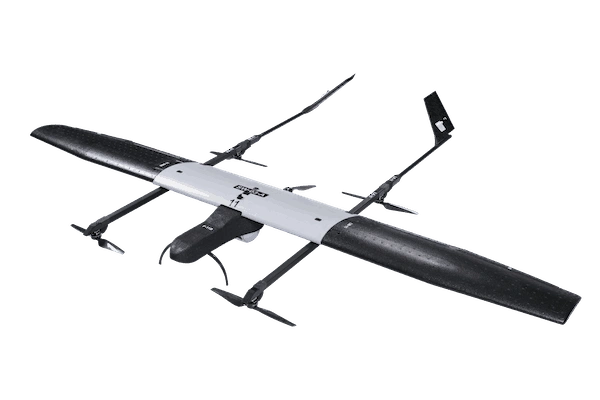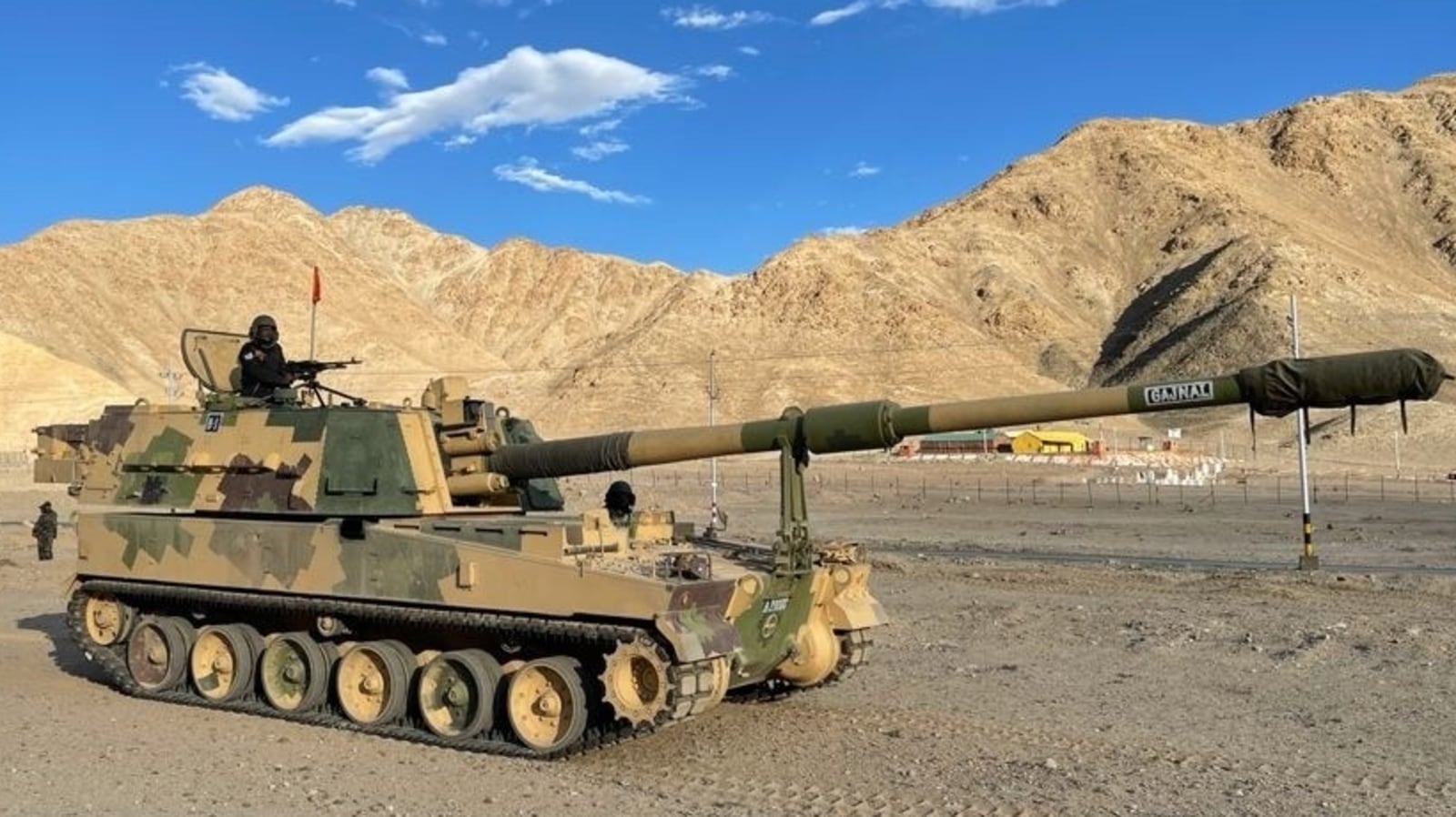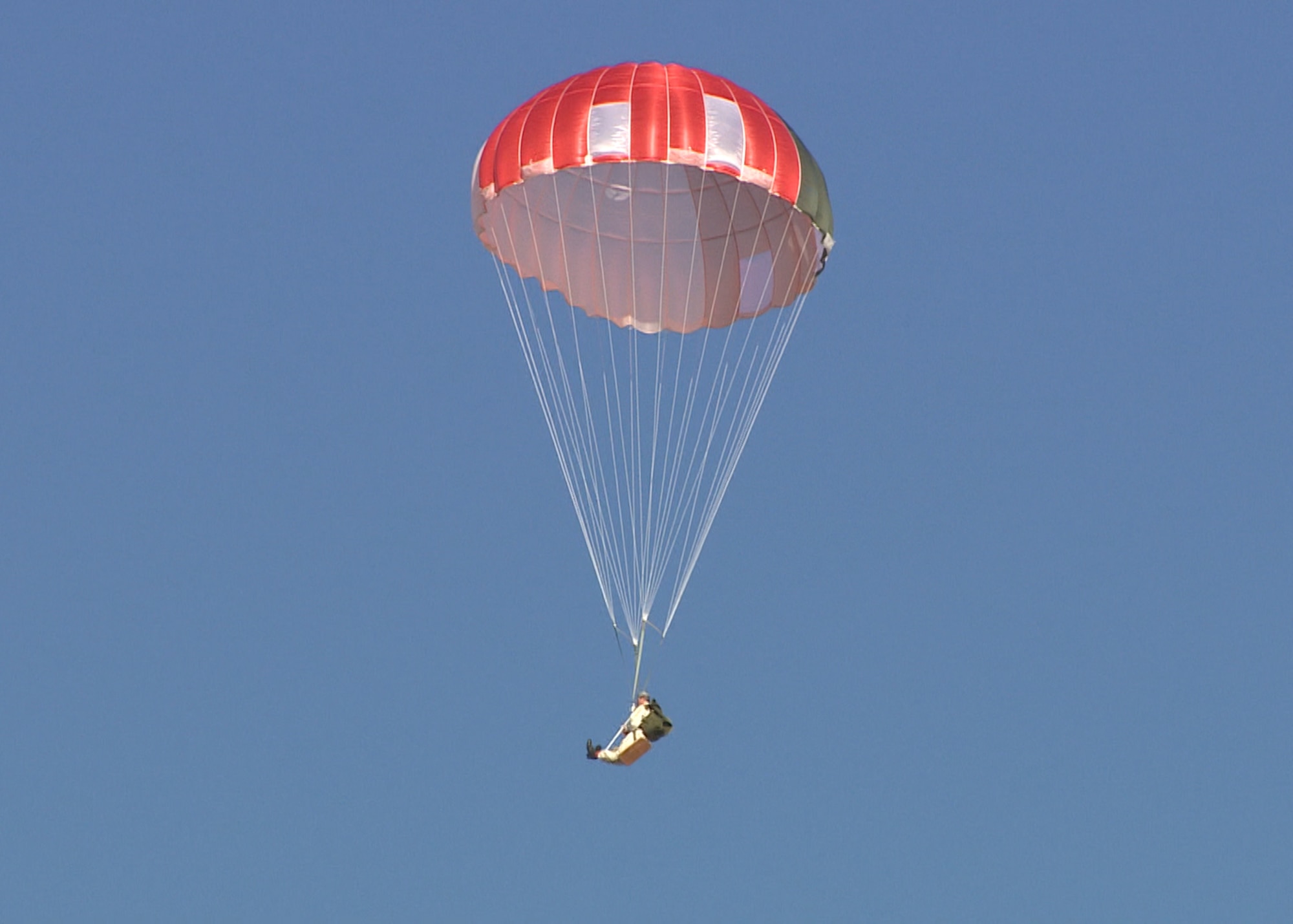SOURCE: AFI


In a testament to their unyielding commitment and technical expertise, the “Black Charger Eagles” of the South Western Command of the Indian Army undertook an extraordinary 24-hour continuous engine changing exercise. This challenging endeavor involved the replacement of engines in one T-90, one T-72 tank, and one BMP armored vehicle under adverse weather conditions.
The exercise, which spanned through the night, was executed in the face of cold temperatures, relentless rains, and poor visibility, conditions that would typically hamper such delicate operations. However, the “Black Charger Eagles” turned adversity into an opportunity, showcasing their operational resilience and technical mastery.
Continue readingSOURCE: IDRW.ORG


India is set to secure another major defense export deal, with Indonesia’s defense ministry expressing its intent to acquire the BrahMos supersonic cruise missile system. According to sources familiar with the matter, a letter has been sent by Indonesia’s defense ministry to the Indian embassy in Jakarta, outlining their interest in a deal worth approximately $450 million. This deal represents a significant milestone not only due to its scale but also because it includes a Transfer of Technology (ToT) provision, marking a first for the BrahMos missile system.
Indonesia’s commitment to purchasing the BrahMos missile system reinforces the growing demand for the world-renowned supersonic cruise missile. With a range of over 290 km, BrahMos is one of the fastest cruise missiles globally and has proven its capabilities in multiple defense systems, including surface-to-surface, air-to-surface, and even submarine-launched configurations.
Continue readingSOURCE: IDRW.ORG


The Advanced Light Helicopter (ALH) Dhruv MKIII, despite not making an appearance in the Republic Day Parade this year, is poised for a significant showcase at Aero India 2025. The helicopter, developed by Hindustan Aeronautics Limited (HAL), will feature both in flying displays and static exhibitions at the event scheduled for February 10-14 in Bengaluru.
The decision to exclude the ALH-Dhruv MKIII from the Republic Day parade stems from recent safety concerns following a series of accidents involving the helicopter. This has led to a cautious approach by the Indian military, ensuring that only thoroughly vetted platforms participate in high-profile public events.
Continue readingSOURCE: AFI


In a strategic move to bolster India’s defence capabilities, the Council of Scientific and Industrial Research – National Aerospace Laboratories (CSIR-NAL) has announced a collaboration with Astra Microwave Products Limited for the development of a Technology Demonstrator for Active Radar Cross Section (RCS) Reduction. This initiative focuses on creating advanced antenna arrays specifically designed for stealth platforms like the Advanced Medium Combat Aircraft (AMCA).
The project aims to develop an active RCS reduction system in phases, with the goal of significantly enhancing the stealth capabilities of future Indian combat aircraft. Here are the key points of this collaboration.
Continue readingSOURCE: AFI


The emergence of fifth-generation fighter programs like China’s J-35A and Turkey’s Kaan, both of which the Pakistan Air Force (PAF) is reportedly eyeing for future procurement, has drawn attention in the region. However, these platforms are years away from achieving operational readiness, allowing the Indian Air Force (IAF) to focus on its indigenous Advanced Medium Combat Aircraft (AMCA) program rather than pursuing foreign acquisitions like the F-35A or Su-57, which do not align with its unique operational requirements.
The J-35A, China’s naval fifth-generation stealth fighter developed for its carrier-based operations, is still in the advanced prototype phase. While it has showcased some progress, integrating it into a land-based role for the PAF would require significant modifications, including adjustments to its airframe and avionics. Even then, its long-term reliability and adaptability remain untested, raising concerns about its operational feasibility for Pakistan in the near term.
Continue readingSOURCE: AFI


Advanced Weapons and Equipment India Limited (AWEIL), a leading public sector defense manufacturing company, has been declared the lowest bidder (L-1) for supplying 405 units of 7.62x39mm Assault Rifles to the Uttar Pradesh Police. The selection highlights the company’s competitive edge and strengthens its position as a trusted supplier of modern firearms to India’s security forces.
The rifles selected for the Uttar Pradesh Police are the Trichy Assault Rifles (TAR), a product of the Ordnance Factory Tiruchirappalli (OFT). Developed to meet the demands of counter-insurgency and law enforcement operations, the TAR offers
Continue readingSOURCE: AFI


ideaForge Technology Limited, a global pioneer in drone technology, has announced a major milestone with its SWITCH MINI UAV earning the prestigious “Fit for Indian Military Use” certification. This recognition, granted by the Directorate General of Quality Assurance (DGQA) after rigorous evaluations, underscores the UAV’s unmatched performance, reliability, and ability to meet the stringent requirements of the Indian Armed Forces.
The SWITCH MINI UAV’s certification is a significant milestone for the Indian drone industry. It is the only small unmanned aerial vehicle (UAV) to obtain this distinction, highlighting its excellence in operational capability and quality. ideaForge’s achievement positions the company as a leader in dual-use drone technology, catering to both defense and civil applications.
Continue readingSOURCE: AFI


In recent years, there has been a disturbing trend where individuals from Nepal and Bangladesh have resorted to fraudulent methods to obtain Indian passports, aiming to travel abroad for better job prospects or to circumvent visa restrictions in their home countries. This issue has not only led to legal complications but also poses a significant threat to the integrity and global standing of the Indian passport.
The modus operandi often involves the use of counterfeit documents like fake Aadhaar cards, PAN cards, and birth certificates to apply for and secure Indian passports. These documents are crucial for establishing identity and residency within India, prerequisites for obtaining a passport. Agents, sometimes in collusion with corrupt officials, facilitate this process by providing a full suite of falsified identity proofs. This has led to numerous arrests and the discovery of networks spread across cities like Mumbai, Delhi, Chennai, and Kolkata, where such fraudulent activities are rampant.
Continue readingSOURCE: RAUNAK KUNDE / NEWS BEAT / IDRW.ORG


In a significant boost to its artillery capabilities, the Indian Army has secured final clearance for procuring an additional 100 K-9 Vajra self-propelled howitzers, complementing the 100 units inducted in 2021. According to information shared with idrw.org, army officials have now confirmed plans for a third batch of 100 more K-9 Vajra units, set to be ordered after the integration of the current second batch.
The forthcoming second batch of K-9 Vajra howitzers will come equipped with winterization kits tailored for high-altitude operations along India’s northern borders. These modifications are crucial for ensuring the systems perform optimally in sub-zero temperatures, a common challenge in regions like Ladakh.
Continue readingSOURCE: RAUNAK KUNDE / NEWS BEAT / IDRW.ORG


In a significant stride towards self-reliance in defence, India’s Ordnance Parachute Factory (OPF) in Kanpur has embarked on manufacturing seat ejection parachutes specifically designed for the pilots of the Indigenous Tejas fighter aircraft. This development marks the end of India’s dependency on foreign suppliers from America and Europe for these critical safety components.
Until now, the Indian Armed Forces have relied on imports for pilot ejection parachutes, which are integral for the safety of pilots during emergency ejections from fighter jets. The Aerial Delivery Research and Development Establishment (ADRDE), under the aegis of the Defence Research and Development Organisation (DRDO), has engineered a parachute system tailored to the demanding specifications of the Tejas aircraft.
Continue readingSOURCE: AFI


Mazagon Dock Shipbuilders Limited (MDL), in collaboration with Germany’s ThyssenKrupp Marine Systems (TKMS), has reached the commercial negotiation stage for India’s ?43,000 crore submarine project under Project-75I. This significant development marks progress in India’s ambitious efforts to enhance its submarine fleet with state-of-the-art technology.
The project, part of the Indian Navy’s Project-75I initiative, aims to procure six next-generation conventional submarines equipped with advanced Air-Independent Propulsion (AIP) systems. These submarines will provide enhanced stealth, extended underwater endurance, and superior operational capabilities, making them a critical addition to India’s maritime defense.
Continue readingSOURCE: AFI


In the simulated war scenario where the Indian Air Force (IAF) plans to strike the Pakistan Air Force (PAF) base at Sargodha with over 120 Air-Launched Ballistic Missiles (ALBMs) within the first 24 hours of conflict, the implications and outcomes could be profound.
The mission begins with IAF aircraft, likely Mirage 2000 or Su-30MKI, taking off from various bases across northern India. These planes, equipped with ALBMs, would fly close to the border or perhaps even enter Pakistani airspace covertly at low altitudes to avoid detection by PAF radar systems. The ALBMs, unlike traditional cruise missiles, would provide a ballistic trajectory advantage, allowing for a steep descent onto the target, reducing the time for defensive countermeasures.
Continue readingSOURCE: AFI


The Indian Air Force (IAF) holds a significant strategic advantage over the Pakistan Air Force (PAF) in terms of its inventory of stand-off weapons (SOWs) and precision-guided munitions (PGMs). This 4:1 superiority in stockpiles is a critical factor in maintaining air dominance and ensuring the effectiveness of India’s air power in a conflict scenario.
Stand-off weapons and PGMs are at the heart of modern air combat. They allow air forces to strike targets with high precision from safe distances, minimizing the risk to aircraft and pilots. The IAF’s extensive and diverse inventory includes air-to-ground and air-to-air missiles, glide bombs, and smart munitions sourced from both indigenous and international manufacturers. This combination of quantity and technological diversity provides the IAF with unmatched flexibility and lethality.
Continue readingSOURCE: AFI


The Indian Air Force’s (IAF) ambitious plan to establish an air-to-ground weapon training range at the Air Force Station in Bidar has hit several roadblocks, preventing it from gaining the necessary momentum. Despite the strategic importance of enhancing the training capabilities for air-to-ground combat scenarios, the project has not progressed as anticipated.
Bidar, known for its favorable weather conditions and existing infrastructure like the Hawk Advanced Jet Trainer operations, seemed an ideal location for such a range. However, the initiative has been bogged down by a series of challenges. These include environmental concerns, land acquisition issues, and bureaucratic delays. The local ecosystem and wildlife, particularly in an area rich with biodiversity, have raised environmentalist alarms about the potential impact of such a military facility.
Continue readingSOURCE: IDRW.ORG


At the highly anticipated Aero India 2025, Jayem Engine, in collaboration with Park Controls and Communication Private Limited, is set to showcase a groundbreaking addition to unmanned aerial vehicle (UAV) technology. The company will present its Jayem Aero Engine, specifically designed for the Rustom II Medium-Altitude Long-Endurance (MALE) UAV, marking a significant advancement in India’s indigenous defense capabilities.
The Jayem Aero Engine is a 2.2-liter turbocharged diesel engine, characterized by its inline arrangement and internal combustion mechanism. This engine has been meticulously engineered to meet the stringent demands of high-altitude, long-endurance missions crucial for surveillance, reconnaissance, and intelligence gathering.
Continue reading